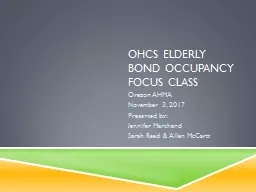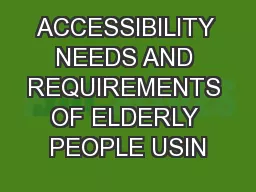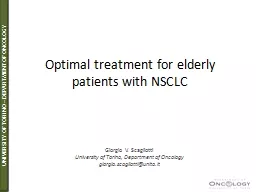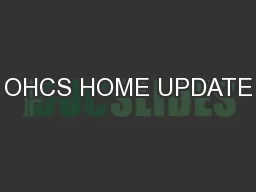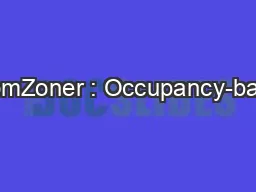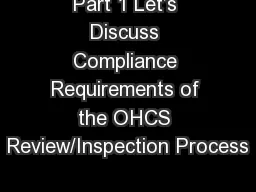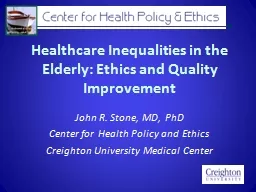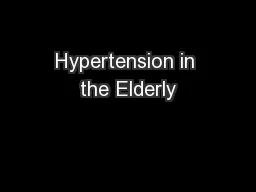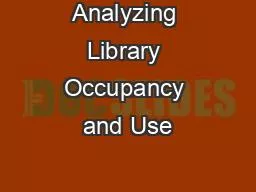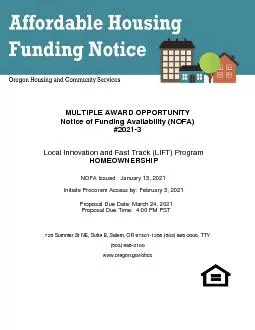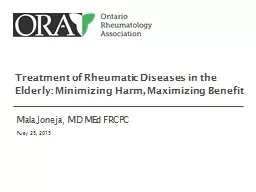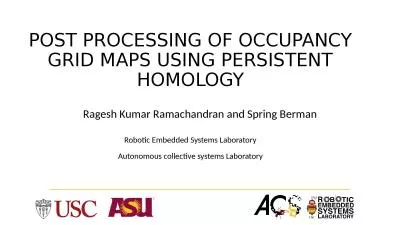PPT-OHCS Elderly bond occupancy focus class
Author : min-jolicoeur | Published Date : 2019-12-01
OHCS Elderly bond occupancy focus class Oregon AHMA November 3 2017 Presented by J ennifer Marchand Sarah Reed amp Allen McCartt Agenda Welcome and Introductions
Presentation Embed Code
Download Presentation
Download Presentation The PPT/PDF document "OHCS Elderly bond occupancy focus class" is the property of its rightful owner. Permission is granted to download and print the materials on this website for personal, non-commercial use only, and to display it on your personal computer provided you do not modify the materials and that you retain all copyright notices contained in the materials. By downloading content from our website, you accept the terms of this agreement.
OHCS Elderly bond occupancy focus class: Transcript
Download Rules Of Document
"OHCS Elderly bond occupancy focus class"The content belongs to its owner. You may download and print it for personal use, without modification, and keep all copyright notices. By downloading, you agree to these terms.
Related Documents

